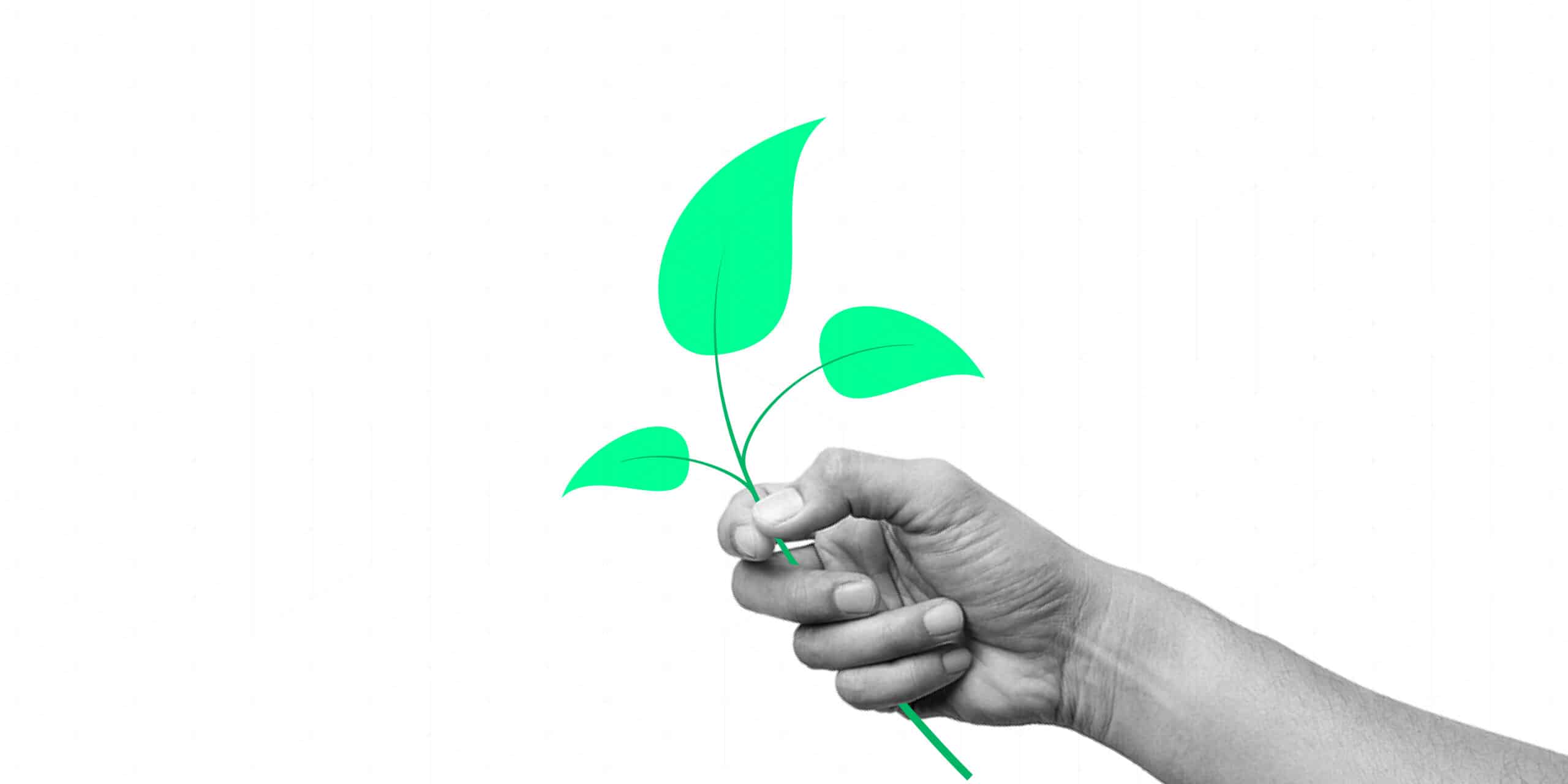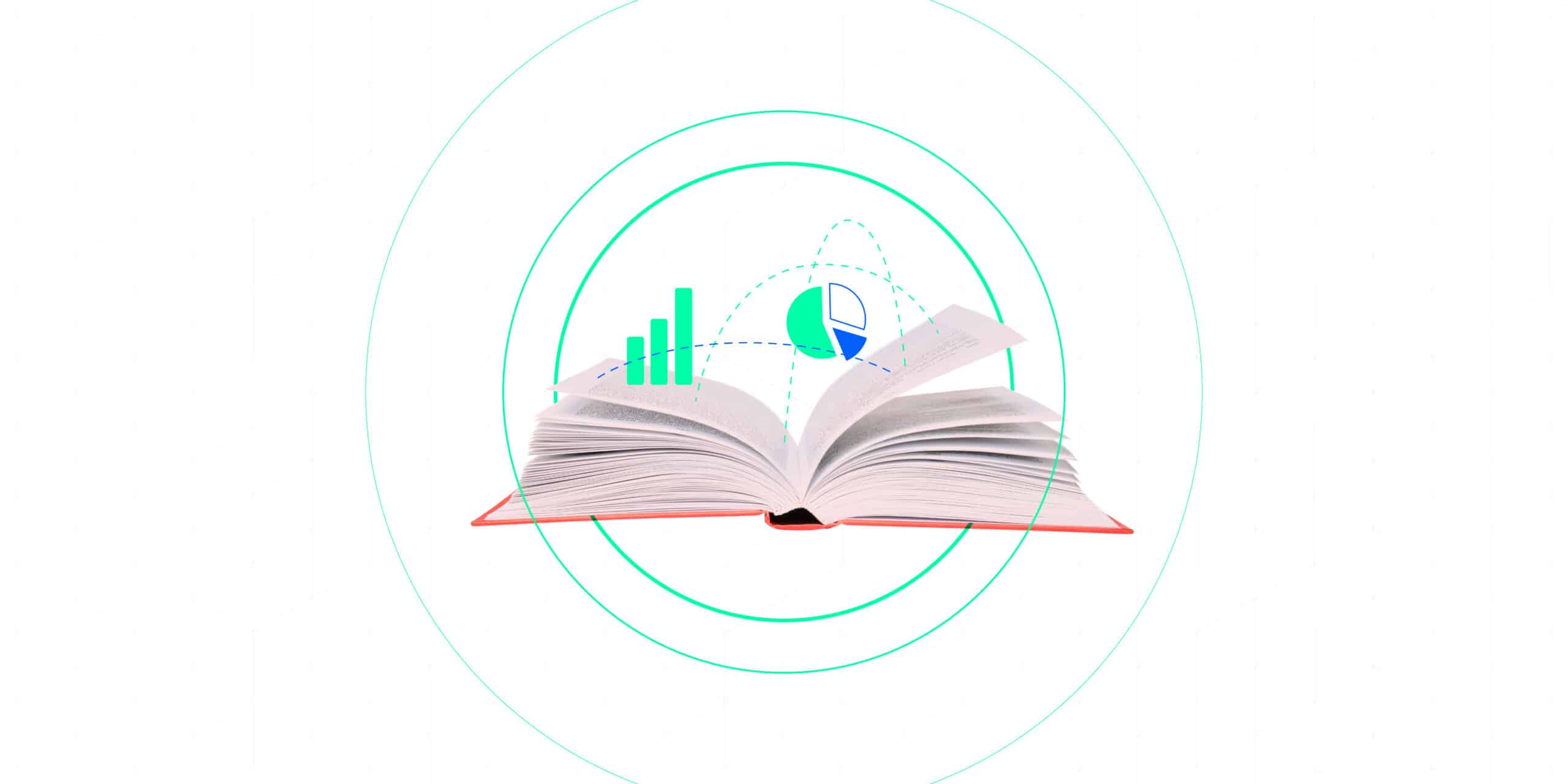In today’s hyper-saturated digital world, where every scroll brings another company claiming to embrace sustainability, a simple truth rises to the top: people remember what they see, not what they’re told.
Visual storytelling has become a critical instrument in the energy and sustainability space, not just for awareness, but for action, accountability, and behavioural change. As attention spans shrink and public skcepticism grows, especially among Gen Z and younger Millennials, compelling visuals rooted in truth and strategy are no longer optional. They are essential.
At Acorn Strategy, we believe that the energy transition is not only a technological revolution, it’s a communications challenge. And visuals, done right, are the key to proving your promise.
The Case for Visual Storytelling
The science is clear:
- People retain 80% of what they see, but only 20% of what they read. (Visual Teaching Alliance)
- Posts with visuals receive 94% more views than those without. (MDG Advertising)
- Infographics are shared three times more than any other type of content. (MassPlanner)
In the climate and energy discourse, where complexity and jargon can often overwhelm an audience if they come from a non-industry background, visuals translate urgency into understanding. A single image showing a flooded street, a thriving mangrove forest, or the daily life of a solar-powered village can speak louder than a thousand bullet points.
But pretty pictures aren’t enough. The strongest visual storytelling isn’t about aesthetics – it’s about showcasing the importance and impact of sustainability. If we want people to live green, we must show them why, how, and what for – in ways that instantly relate to their lived experiences.
The Risk of Misfires
In a region as dynamic as the Middle East, where climate ambition is accelerating, the cost of miscommunication is high. Oversimplify the message and you risk being dismissed as disingenuous. Overcomplicate it and you will lose your audience entirely.
Remember that along with the data you share, visuals that mislead or overhype can also do more harm than good. The most powerful creative work in sustainability today is rooted in data, transparency, and emotional intelligence.
What Makes Visuals Work
A successful sustainability visual campaign must:
1. Translate Complexity into Clarity
When explaining emissions, water tables, or hydrogen production, clarity wins. Use simple, visual analogies to explain the science: carbon footprints shown as literal steps, energy savings represented through household comparisons, or infographics charting actual impact, not abstract goals.
2. Create Emotional Resonance
Numbers inform. Stories inspire. We connect to visuals when they mirror our lives or show us what’s at stake. Localised imagery, from Emirati pearl divers impacted by ocean warming to solar panels powering Bedouin tents in the desert, resonates far more than Western stock photography. Ensure that your visuals are culturally contextual and sensitive to your intended audience.
3. Build Trust with Transparency
Share the journey, not just the destination. A sustainability campaign that unapologetically shares its setbacks alongside its successes is far more credible than one that tries to project nothing but progress. Infographics that disclose CO2 reductions over time, or before-and-after images of ecological restoration, help audiences believe and engage.
4. Adapt to Platform and Audience
Photography, motion graphics, AR/VR, and short-form video all serve different functions. In the UAE, a data-rich LinkedIn infographic might drive investor confidence; in KSA, a community-driven Instagram video might inspire greater participation. Choose the medium based on who you need to reach.
5. Stay Consistent, But Never Static
Branding builds trust. Use consistent typography, colour schemes, and tone, but keep the content dynamic. This balance keeps audiences familiar and curious.
Best-In-Class Example: WWF’s Earth Hour
WWF’s Earth Hour is one of the most successful examples of visual storytelling in climate communication. Its brilliance lies in simplicity: a global symbol, lights out for one hour, tied to dramatic cityscapes going dark and communities lighting candles. The visual consistency, community engagement, and call to action worked in unison to drive participation across 190 countries.
It’s not just a campaign. It’s a visual movement.
Visual Strategy in the Middle East
Across the region, we’re seeing visual strategy rise to the top of the climate agenda:
- In the UAE’s Year of Sustainability (2023), campaigns used desert imagery, generational symbolism, and clean design to engage residents emotionally, resulting in 67% of participants reducing their water and energy use.
- Saudi Vision 2030 uses motion graphics and cinematic video to connect megaprojects with personal legacy.
- Qatar’s National Environment Day focused on natural landscapes and youth advocacy to tie action to culture.
These aren’t just good campaigns, they’re strategic visuals that reinforce trust.
Acorn Strategy: Where Strategy Meets Storytelling
We don’t just create beautiful visuals. We craft communications that resonate, connect, and endure. As the winner of the Best Energy Campaign at the 2024 Middle East PR Association Awards, we understand what it takes to communicate complex topics with clarity and conviction.
Our visual storytelling approach includes:
- ESG and climate reporting visualisation
- Visual identity for energy and government initiatives
- Localisation of global messaging into culturally resonant formats
- Data storytelling strategies that blend analytics and empathy
Whether it’s a carbon roadmap for a hydrogen strategy, or a video series celebrating circular economy initiatives, we help organisations prove their promise: visually, emotionally, and strategically.
One Final Word: Don’t Just Say It. Show It.
In an era where words are cheap and claims are everywhere, the brands that rise above the noise are those who can visualise their impact, honestly and strategically.
If your sustainability story matters, let’s make sure it’s seen, felt, and trusted.



